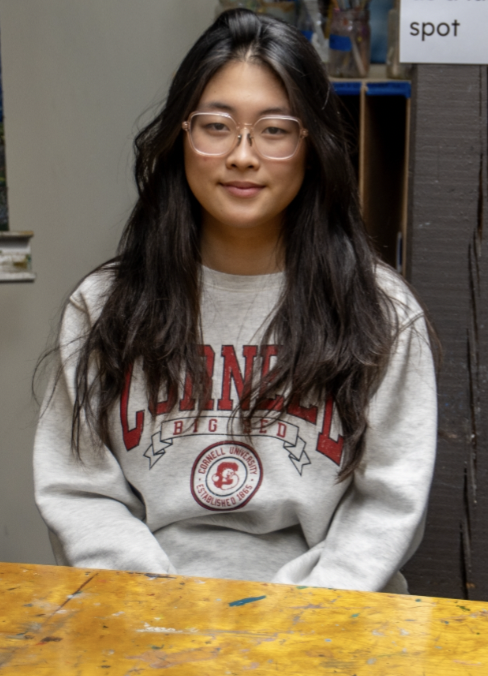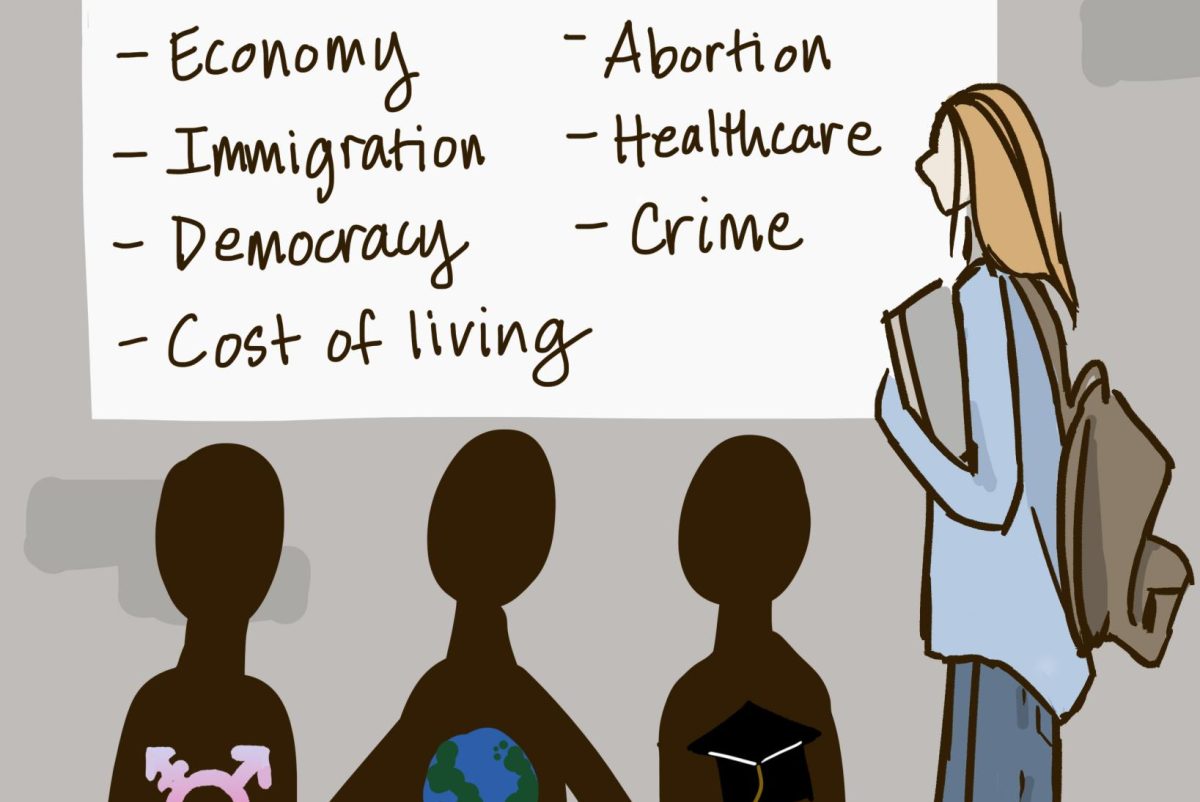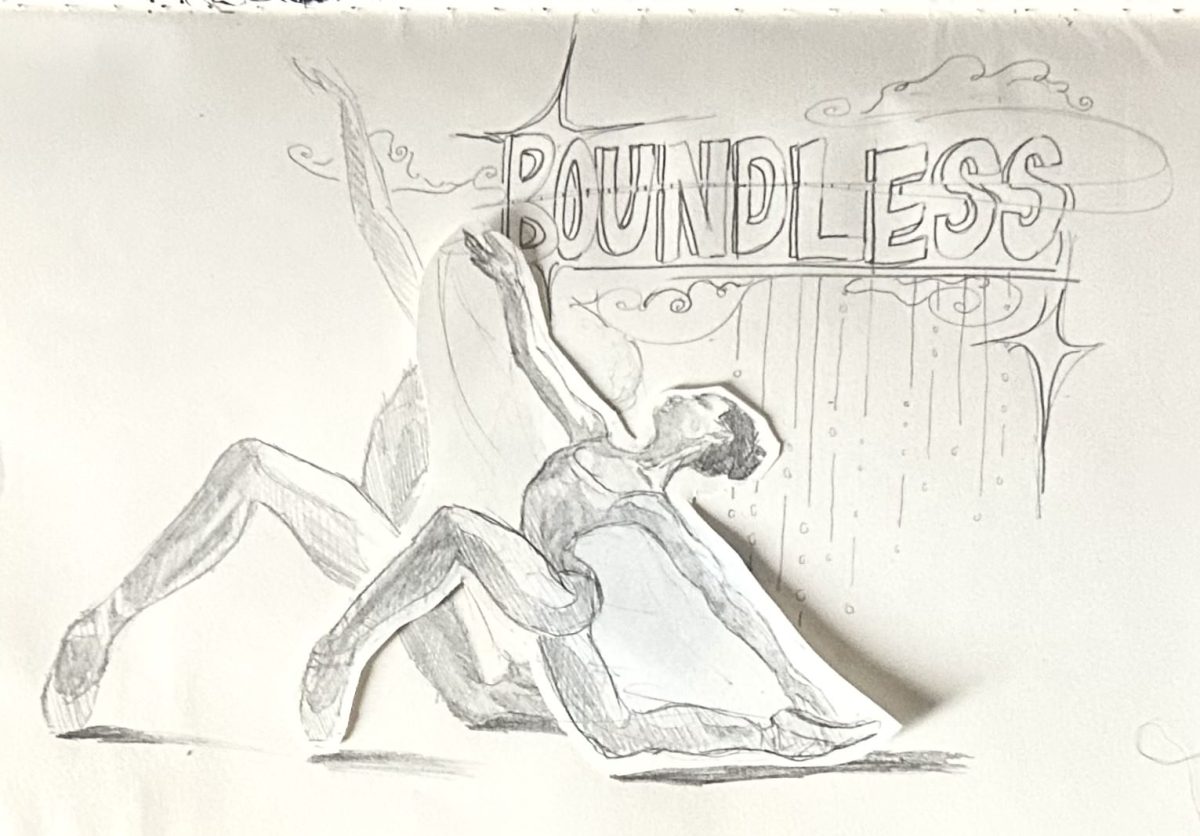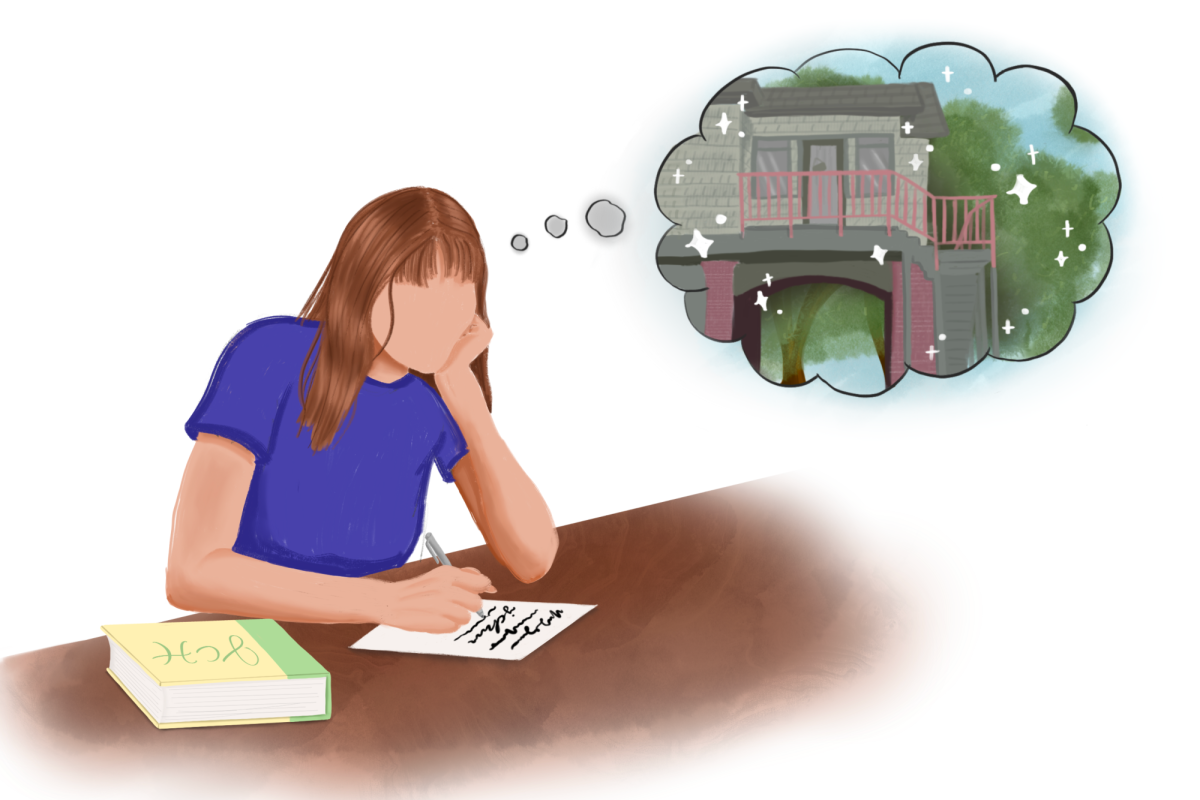My morning routine takes me over an hour and a half. Every day, I wake up at 6:00 a.m., get out of bed, brush my teeth and spend 20 minutes choosing my outfit. However, it doesn’t end there. When I go to school, I am hyper-aware of what my friends are wearing so that I can keep up with the latest fashion trends. I often find myself comparing their outfits to mine, wishing I’d chosen a different top or skirt to wear that day. All of this is incredibly exhausting and distracting, eating up my time and focus. This need to “present myself” each day at school is one I share with many of my peers.
However, this unfortunate reality often doesn’t exist in schools with uniforms. A major benefit of school uniforms is their positive impact on students’ education. Though there is no direct correlation between uniforms and grades, studies have shown that school uniforms increase student focus and discipline. With uniforms, students can concentrate better on their classes instead of worrying about their clothing or how they compare to others, leading to improvement in academic performance.
A study, titled, “The Impact of School Uniforms on Student Behavior and Attendance,” analyzed schools in Long Beach, California, that implemented school uniforms in some districts. The study found that attendance rates increased in schools where uniforms were introduced, along with significant reductions in school disciplinary actions.
So, given the potential benefits, I encourage Poly to adopt a uniform for its Middle and Upper School students.
Firstly, school uniforms reduce bullying by creating a sense of unity and community. When students wear uniforms, they feel more united as a school and student body. Wearing the same outfit fosters camaraderie, enhancing school spirit and encouraging kindness among students instead of judgment.
When asked about her reasoning behind supporting school uniforms at Poly, sophomore Olivia Rivera-Vasquez said, “The good thing about school uniforms is that they create a strong sense of unity around the school when everybody’s dressed the same.”
School uniforms also minimize visible socioeconomic differences. When all students wear a standardized uniform, it reduces bullying based on appearances and clothing choices, which can often highlight differences between students from different backgrounds. Keeping up with fashion trends necessitates buying new clothes as soon as a certain style becomes popular, leaving those from lower socioeconomic backgrounds to feel isolated. Uniforms would ensure an end to this.
Lastly, school uniforms are incredibly efficient and would benefit students and their families in the long run. School uniforms simplify the morning routine for families and reduce the time spent deciding what to wear, improving attendance and punctuality while reducing stress for parents and children. This would also allow for more free time––time students can spend studying, sleeping in, hanging out with friends, etc.
Additionally, while there is an initial cost to purchasing uniforms, they are ultimately more economical than constantly buying more clothes to keep up with fashion trends. According to Uniform Market, the average cost for a school uniform per child per school year is around $200. However, schools could host used uniform drives and offer discounted values, cost-cutting practices that Poly’s lower school offers to offset potentially unaffordable prices, allowing families to purchase uniforms for a discounted price. Furthermore, according to the National Retail Federation, purchasing pre-owned uniforms could reduce the cost by around 60%, saving families a great deal of money.
Critics argue that uniforms would limit self-expression for students. However, schools could allow specific items of clothing or accessories to be worn, such as colorful jackets, shoes or hair accessories, which would allow for self-expression. Additionally, schools could implement “free dress” days, which would occur once or twice a month and allow students to wear their own choice of clothing. For instance, Poly’s lower school practices “free dress” on the first Monday of each month. These small opportunities for expression prevent constant comparison to others while still allowing students to explore their personal style.
School uniforms offer a wide range of benefits beyond aesthetics––they foster equality, reduce bullying, enhance academic performance, simplify daily routines and build community spirit. These factors contribute to a more inclusive learning environment that supports students, both socially and academically. So, if Poly intends to uphold its credo and inspire a new generation of intellectual leaders, it should implement a uniform across all school divisions.
























